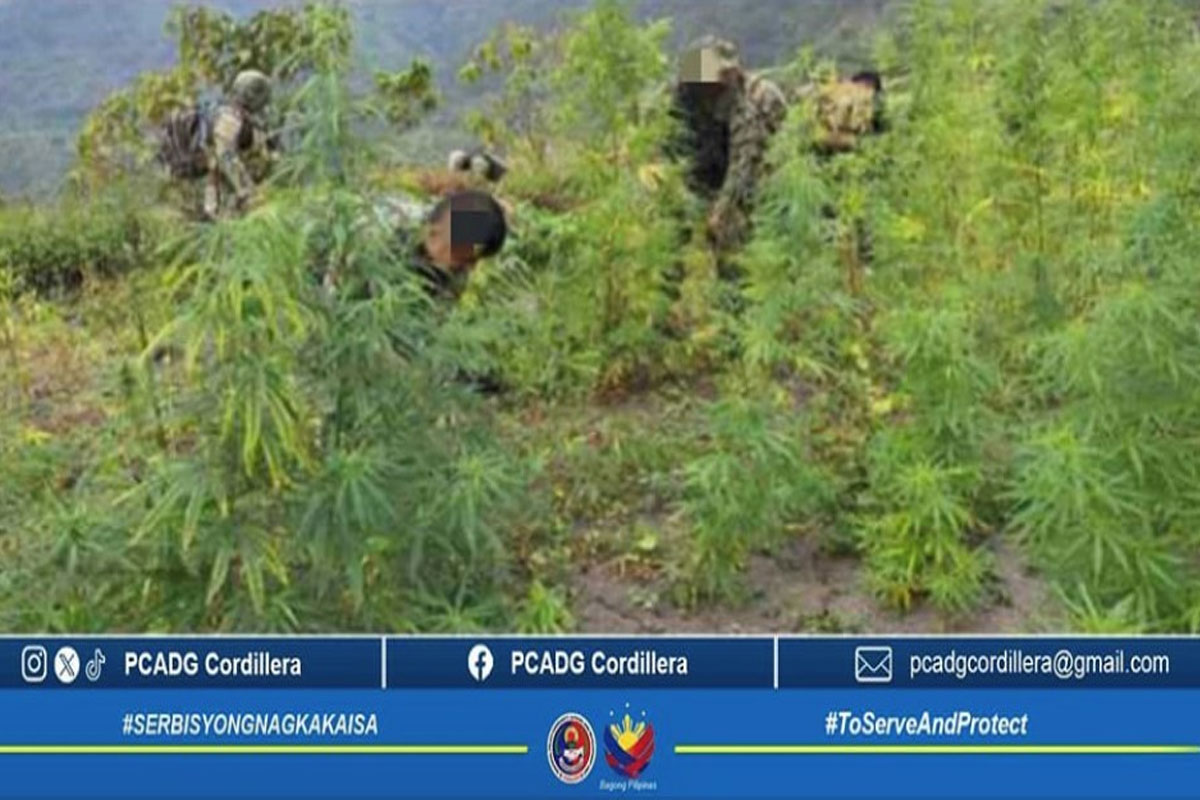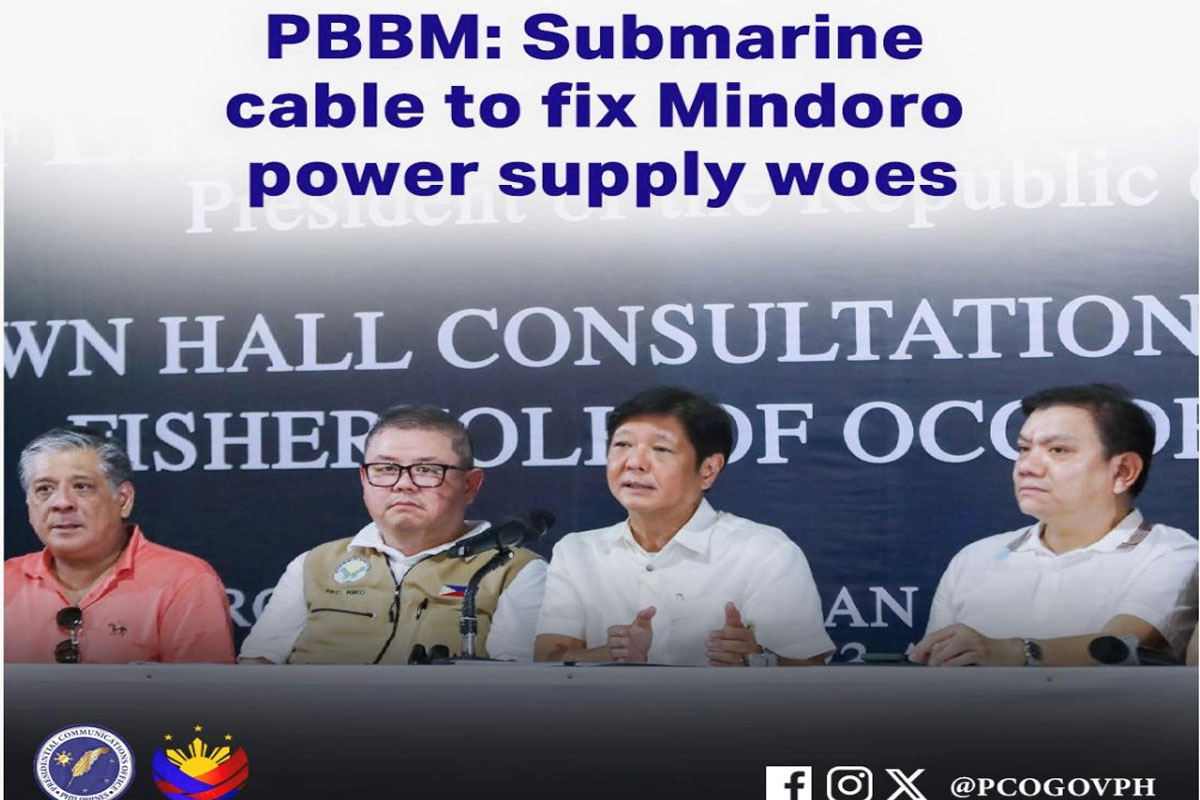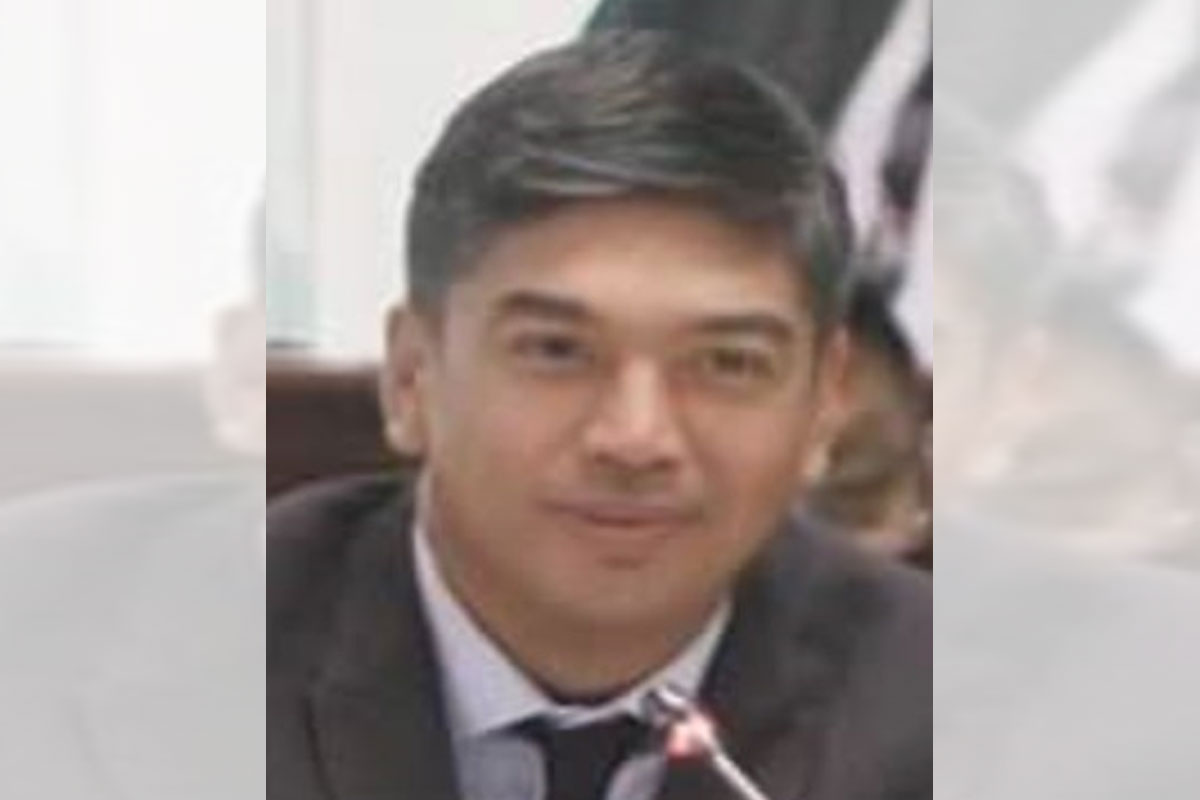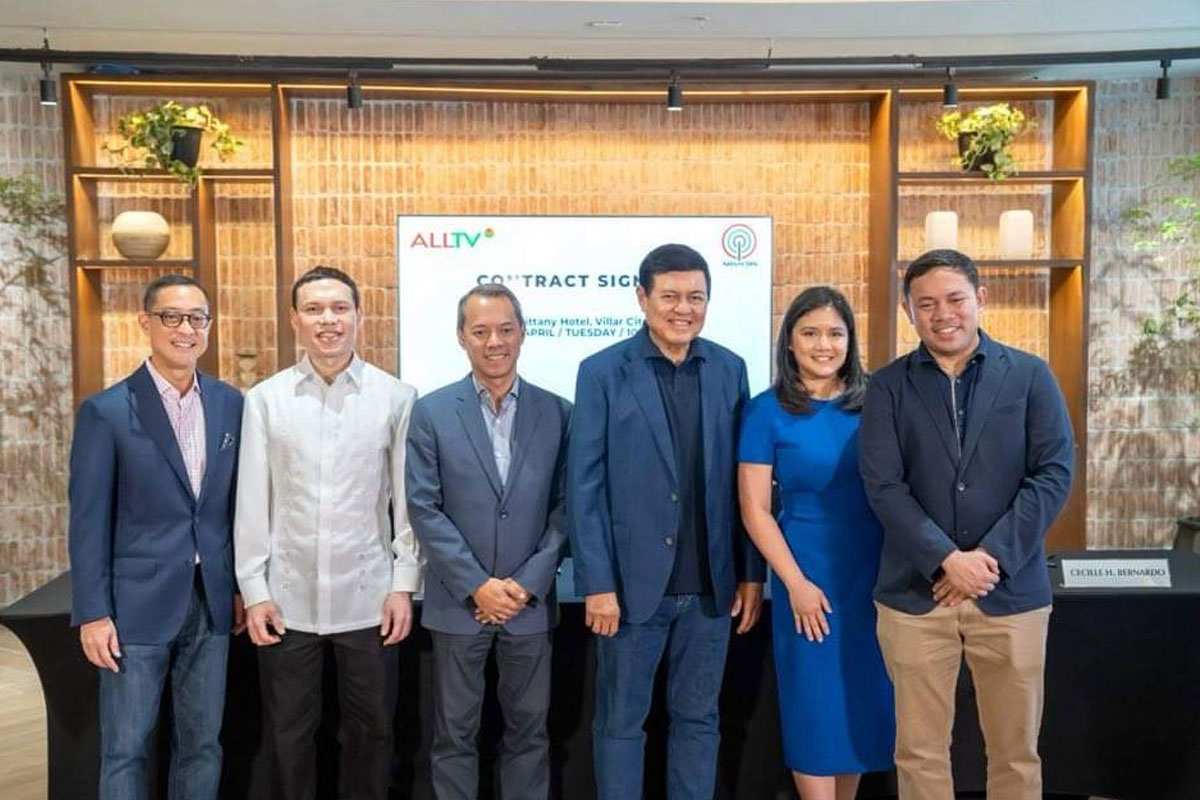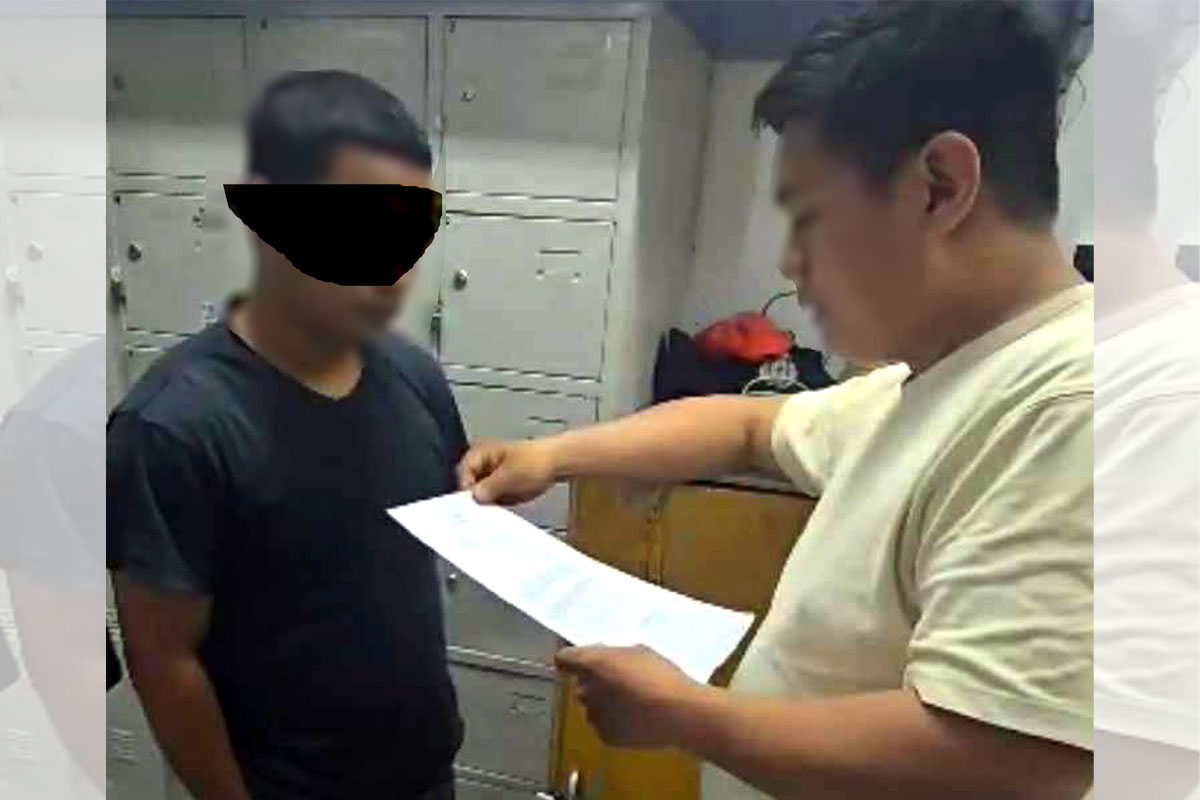
Cavite, DENR to reduce solid wastes from waterways
The ongoing rehabilitation of the Manila Bay continues to get support from local government units (LGUs) after the Cavite province partnered with the Department of Environment and Natural Resources (DENR) for effective pollution reduction and solid waste management in the bay.
DENR Secretary Roy Cimatu said the pollution reduction and solid waste management activities in Cavite are part of the ongoing efforts to rehabilitate Manila Bay.
“Manila Bay has a wide range of environmental problems that need to be addressed, one of which is the accumulation of solid waste coming from different waterways,” Cimatu said.
Meanwhile, Benny D. Antiporda, DENR Undersecretary for Solid Waste Management and LGUs Concerns, said during his recent inspection of rivers in Cavite, including Imus River in Bacoor and Ylang-Ylang River in Noveleta, he observed floating debris that led to the waters of Manila Bay.
In view of this, Cimatu has directed DENR-Calabarzon Regional Executive Director Nilo B. Tamoria to prioritize the management of solid waste that comes from the coastal areas within the province of Cavite.
Antiporda, who also heads the Manila Bay Anti-Pollution Task Force, disclosed that the National Solid Waste Management Commission (NSWMC) and the DENR-Environmental Management Bureau (EMB) will be coming up with strategies to solve the solid waste problem in the province.
Antiporda added the top priority is to build a clustered sanitary landfill as a temporary solution to Cavite’s garbage waste disposal problem.
During the Cavite Cluster Task Force meeting last June 24, Governor Jonvic Remulla admitted that the province failed to establish its own sanitary landfill due to land limitations.
“We came up with a coalition of sanitary landfill operators wherein we told them that we will no longer tolerate sanitary landfill operators only, but they need to implement what we called the total solid waste management solution to the problem,” Antiporda said.
Antiporda further explained that a total solid waste management solution to the problem calls for landfill operators to be complete with a composting facility, recycling facility and residual diversion. Through this, less garbage could end up in the sanitary landfill itself.
He added that creating clustered sanitary landfills could make a big difference in controlling Cavite’s solid waste going to the rivers, after Remulla bared that about 2,000 tons of garbage a day goes to the river due to lack of solid waste management facility.
“We will study and try to come up with a very strategic approach in different municipalities and cities para po masiguro natin na once and for all, ma-solve po natin ang problemang ito,” Antiporda said.
He also encouraged the LGUs of Cavite to help in the employment of environmental marshals in each barangay to ensure that residents comply with solid waste management laws particularly in the segregation of waste.
They may also monitor neighboring barangays to encourage them to do the same especially when a water body flows through several barangays.
Antiporda likewise called for trained and competent river rangers who will not only help in the cleanup of waterways but also guard the rivers from illegal environmental activities.



